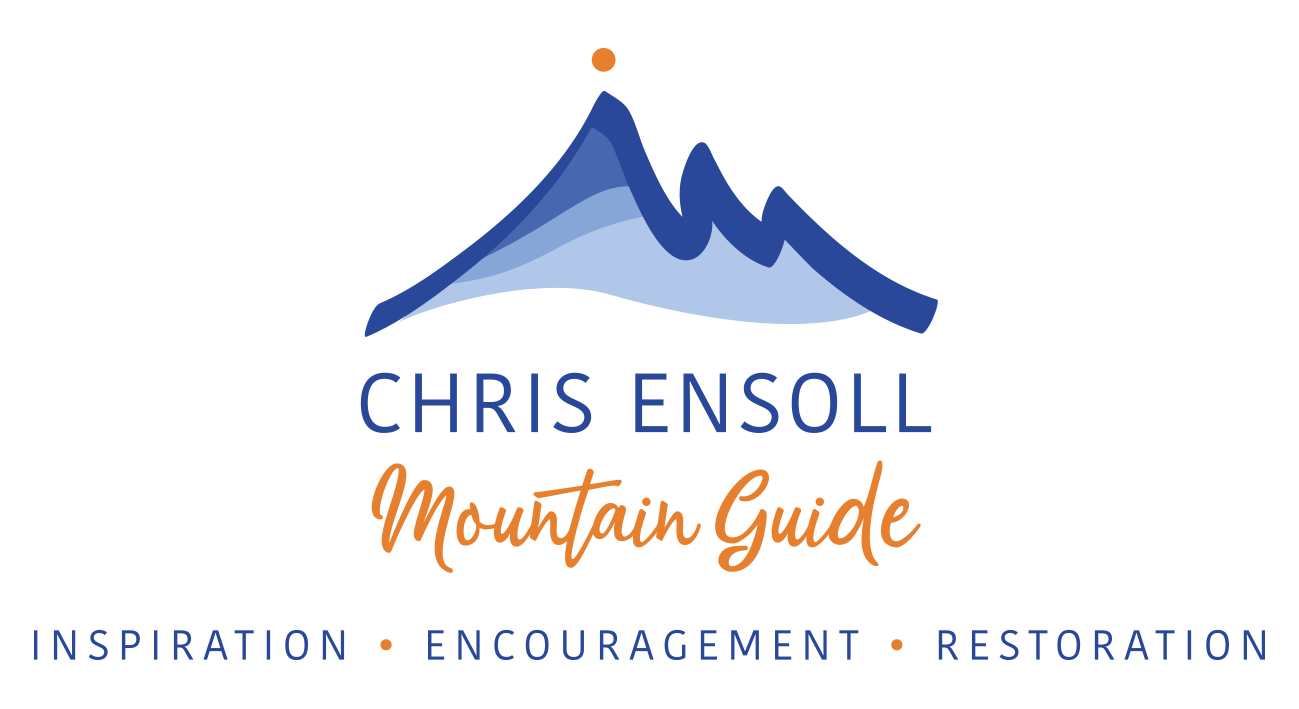Managing Risk in the Mountains #3: Ten Principles for Taking & Reviewing Risk
/WRITTEN by CHRIS & ANNE ENSOLL
This is the next installment in our series, Managing Risk in the Mountains. You can read the first two posts here:
Managing Risk in the Mountains #1: The Three Variables
Managing Risk in the Mountains #2: Heuristics & Mind Sets
According to Merriam-Webster, risk is “the possibility of loss or injury, or someone or something that creates or suggests a hazard.” As a society we are becoming increasingly risk-adverse, but any mountain adventure involves risk to some degree. It can be argued that taking risks can add to the enjoyment and sense of achievement. So how do we decide what is acceptable risk-taking? These ten principles have been adapted from the Authorised Professional Practice of the College of Policing.
Principle 1
The willingness to make decisions in conditions of uncertainty (ie risk-taking) is a core requirement of everyone in the outdoors.
Principle 2
Maintaining or achieving the safety, security and wellbeing of individuals and groups is a primary consideration in risk decision-making.
Principle 3
Risk-taking involves judgment and balance, with decision-makers required to consider the value and likelihood of the possible benefit of a particular decision against the seriousness and likelihood of the possible harms.
Principle 4
Harm can never be totally prevented. Risk decisions should, therefore, be judged by the quality of the decision-making, not the outcome.
Principle 5
Taking risk decisions, and reviewing the risk decision-making of others, is difficult, so account should be taken of whether they involved dilemmas, emergencies, were part of a sequence of decisions, or were part of a wider set of decisions made by other people.
Principle 6
The standard expected of an individual in the outdoors is that their risk decisions should be consistent with those a group of similar experience or qualification would have taken in the same circumstances.
Principle 7
Whether or not to record a decision is a risk decision in itself, which should, to a large extent, be left to personall judgment. The decision whether or not to make a record, however, and the extent of that record, should be made after considering the likelihood of harm occuring and its seriousness.
Principle 8
To reduce risk aversion and improve decision-making, the outdoor community needs a culture that learns from successes as well as failures. Good risk-taking should be identified, celebrated, and shared.
Principle 9
Since good risking-taking depends upon quality information, outdoor organisations and individuals should work with each other and with organisations from other sectors to share relevant information about decision-making in a risk environment.
Principle 10
Members of the outdoor community who make decisions consistent with these principles should receive encouragement, approval, and support.






